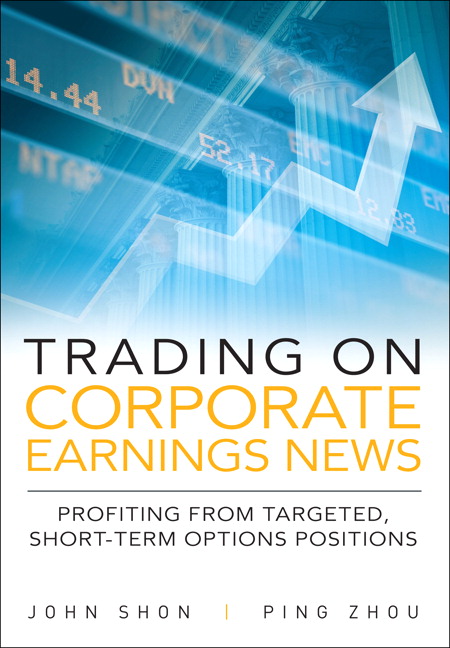This transcript comes an interview with John Shon that you can find here. You can also find our archives of interviews with some of the world’s best investors here.
Announcer: Live from the Internet, it’s Tradestreaming Radio, with your host, Tradestreaming.com’s own Zack Miller.
Zack: Hey, this is Zack Miller. You’re listening to Tradestreaming Radio, the place on the Internet where investors can learn directly from experts.
One thing I’ve found in my individual investing practice, both my own investing and the work I do with clients, is that, although I know basic options strategies, I’ve struggled to really implement them. More than anything, I feel that options are a great way for a lot of investors to lower the risk in terms of playing out a thesis that they have on a particular stock.
The hardest thing to do with options is to pick a direction, and this is what many investors do, is to buy a call or buy a put, and basically say, “I’m making a bet that the stock’s going to go up or down.” It’s (a) very hard to pick which direction, and (b) a lot of times even if we’re right, meaning earnings season is particularly good, there’s some good news out, the stock may not react the way we’re predicting it.
I was really interested to read this book that was put out recently on the FT Press by John Shon, who’s a professor of accounting at Fordham. He has a Ph.D. from University of Chicago at Booth School. He wrote a book along with Ping Zhou called “Trading on Corporate Earnings News: Profiting from Targeted Short-Term Options Positions.” I invited John on to the show today to discuss the book. Continue reading “The Best Way to Play Earnings with Options — with John Shon (transcript)”
 Continuing to look at alternative investments, I stumbled upon investing in taxi medallions. The data show that a NYC taxi medallion would have returned 16% per year on average for the past 60 years — smoking traditional asset classes.
Continuing to look at alternative investments, I stumbled upon investing in taxi medallions. The data show that a NYC taxi medallion would have returned 16% per year on average for the past 60 years — smoking traditional asset classes.


 For me, the mining industry offers huge returns/losses (not unlike biotech).
For me, the mining industry offers huge returns/losses (not unlike biotech). Interesting
Interesting 








